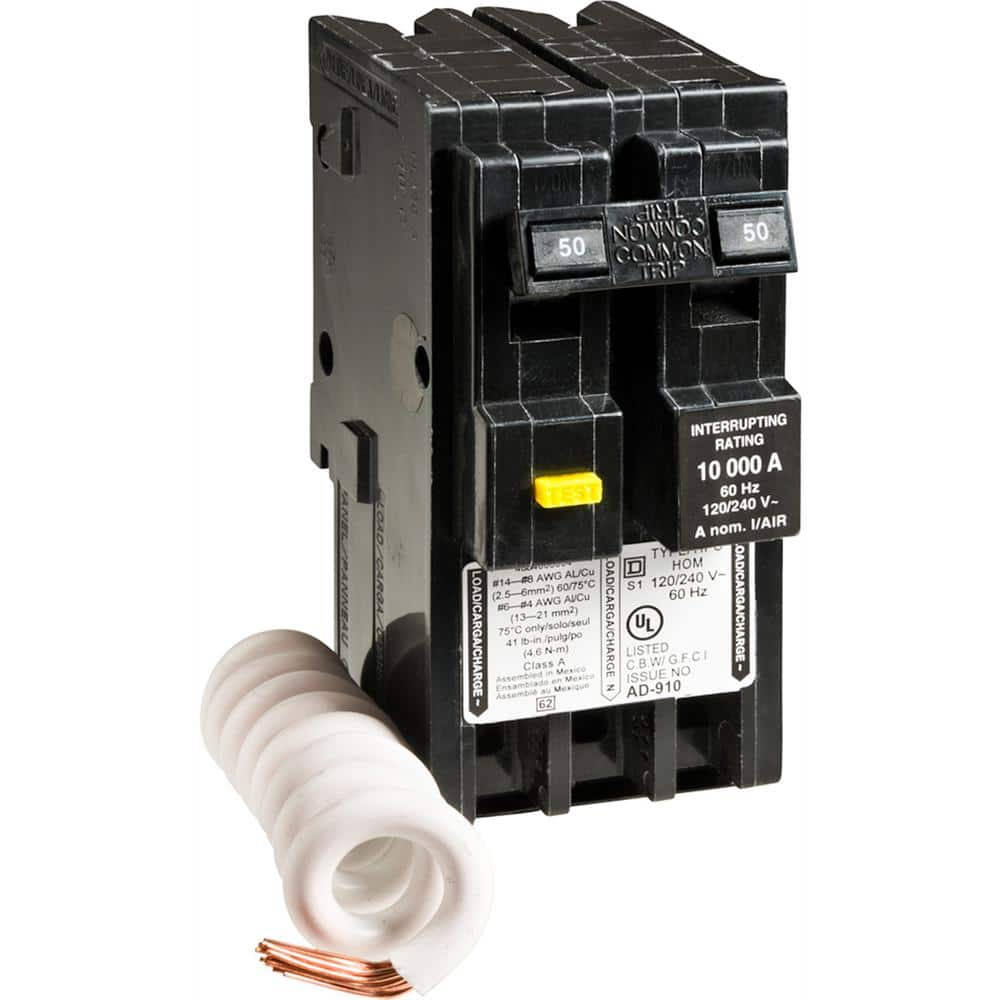

Indoor panel would remain the same since the outdoor lowers amperage from 50 to 15 or 20(whatever you decide to put in there). There are two ways to find out how many more amps the panel can carry. Or you could just leave it and change out the existing 50A breaker with 2 15 or 20A breakers and then put an outdoor rated GFIC outlet below that feeds from one of those breakers. The amount of amp load on the panel has nothing to do with the amount of breakers or what they are labeled. If you want to eliminate the outdoor box you will need at least a 2 or maybe 3 gang box for your outdoor receptacle because lower gauge wire is very hard to bend. The electrician used one leg of the old 10 gauge wire and put a 12 gauge pigtail on it in the main panel to a new 20A breaker and then in crawl space added another 12 gauge pigtail so it would then fit into a standard switch and removed the “outdoor” breaker box completely (Switch is used to kill power to the air handler during maintenance). When I changed out my downstairs heat pump to a gas furnace the new air handler only needed 110v, old one used 220.

When I asked for a cord for the appliance I was sold a 40amp cord. If two 50 amp devices are plugged into two 50 amp outlets on the same 50 amp CB, and those devices actually. If the circuit breaker protects at 50 amps, then the wire and outlet must be rated to handle 50 amps. The range manufacturer allows for either a 40 or 50 amp installation. The circuit breaker protects the wire, outlets, and a device plugged in from over drawing current, over heating, and starting a fire. Do you want to keep the outdoor breaker or eliminate it?Ĭode requires minimum gauge wire for specific amps but in your case you want to reduce the amperage of an existing circuit. Because this is a new installation I ran a 6-3 NM-B for the dedicated cable directly from the loadcenter.

I think I need to replace one of these with a 15 or 20 amp, and if the indoor one I would eliminate the outdoor breaker. The outside disconnect also has a double slot 50amp on it. Installing a double-pole 50-amp breaker is normally a job for an electrician, but a competent homeowner can do it.


 0 kommentar(er)
0 kommentar(er)
